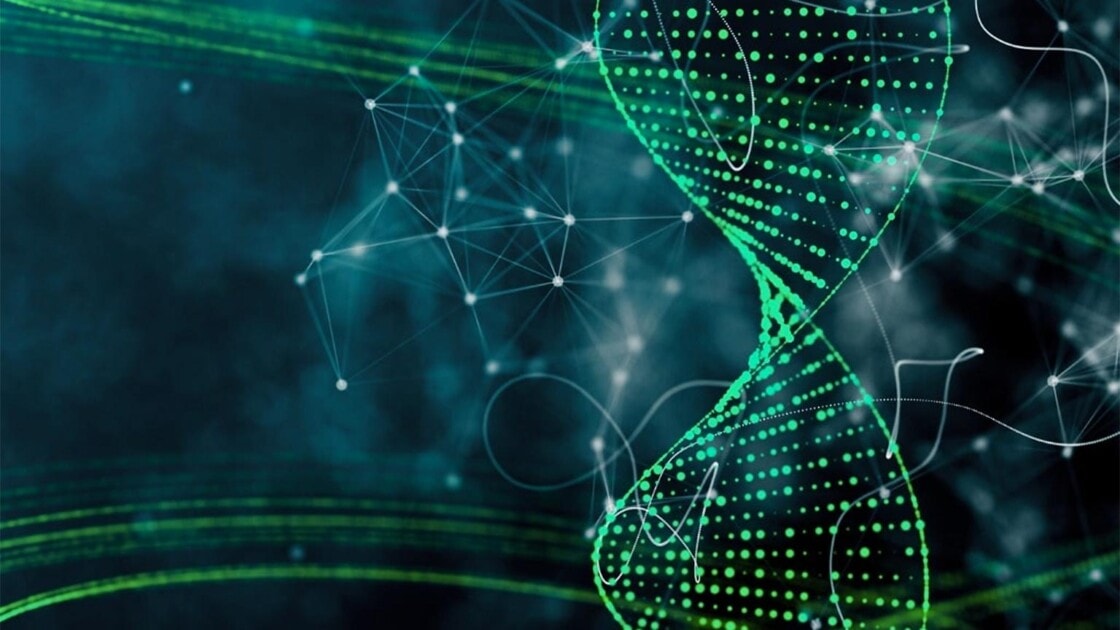
OLD Category: FFPE
December 6, 2023 / Biochim Biophys Acta Mol Basis Dis
The in situ transcriptomic landscape of breast tumour-associated and normal adjacent endothelial cells
Background and aims: Triple Negative Breast Cancer (TNBC) is associated with increased angiogenesis, which is known to aid tumour growth and metastasis. Anti-angiogenic therapies that have been developed to target…
December 5, 2023 / Cell Rep Med
Bexmarilimab-induced macrophage activation leads to treatment benefit in solid tumors: The phase I/II first-in-human MATINS trial
Macrophage Clever-1 contributes to impaired antigen presentation and suppression of anti-tumor immunity. This first-in-human trial investigates the safety and tolerability of Clever-1 blockade with bexmarilimab in patients with treatment-refractory solid…
December 4, 2023 / Acta Neuropathol Commun
Glioblastoma pseudoprogression and true progression reveal spatially variable transcriptional differences
Post-resection radiologic monitoring to identify areas of new or progressive enhancement concerning for cancer recurrence is critical during patients with glioblastoma follow-up. However, treatment-related pseudoprogression presents with similar imaging features…
December 1, 2023 / Acta Neuropathol Commun
Transformation of non-neuritic into neuritic plaques during AD progression drives cortical spread of tau pathology via regenerative failure
Extracellular amyloid-β (Aβ) plaques and intracellular aggregates of tau protein in form of neurofibrillary tangles (NFT) are pathological hallmarks of Alzheimer’s disease (AD). The exact mechanism how these two protein…
November 27, 2023 / Clin Transl Med
Multi‐omics analyses reveal spatial heterogeneity in primary and metastatic oesophageal squamous cell carcinoma
Background: Biopsies obtained from primary oesophageal squamous cell carcinoma (ESCC) guide diagnosis and treatment. However, spatial intra‐tumoral heterogeneity (ITH) influences biopsy‐derived information and patient responsiveness to therapy. Here, we aimed…
November 25, 2023 / Commun Biol
Biologically derived epicardial patch induces macrophage mediated pathophysiologic repair in chronically infarcted swine hearts
There are nearly 65 million people with chronic heart failure (CHF) globally, with no treatment directed at the pathologic cause of the disease, the loss of functioning cardiomyocytes. We have…
November 23, 2023 / J Transl Med
Talniflumate abrogates mucin immune suppressive barrier improving efficacy of gemcitabine and nab-paclitaxel treatment in pancreatic cancer
Background: Pancreatic ductal adenocarcinoma (PDAC) is a lethal disease. This is due to its aggressive course, late diagnosis and its intrinsic drugs resistance. The complexity of the tumor, in terms…
November 22, 2023 / Biomolecules
A Spatial Transcriptome Reveals Changes in Tumor and Tumor Microenvironment in Oral Cancer with Acquired Resistance to Immunotherapy
Although anti-programmed death-1 (PD-1) antibody therapy improves the prognosis in patients with head and neck squamous cell carcinoma (HNSCC), some patients exhibit disease progression even after showing a good response…
November 22, 2023 / Immuno-Oncol Technol
Distinct spatial landscapes in clear cell renal cell carcinoma as revealed by whole transcriptome analysis
Background and Purpose: Clear cell renal cell carcinoma (ccRCC) is the most common and aggressive form of renal cancer, and a paradigm of inter- and intratumor heterogeneity. We have performed…
November 22, 2023 / Kidney Int
Multi-omic analysis of human kidney tissue identified medulla-specific gene expression patterns
The kidney medulla is a specialized region with important homeostatic functions. It has been implicated in genetic and developmental disorders along with ischemic and drug-induced injuries. Despite its role in…
November 17, 2023 / Cell Rep
Identification of a targetable JAK-STAT enriched androgen receptor and androgen receptor splice variant positive triple-negative breast cancer subtype
Triple-negative breast cancer (TNBC) is an aggressive subtype with no targeted therapeutics. The luminal androgen receptor (LAR) subtype constitutes 15% of TNBC and is enriched for androgen receptor (AR) and…